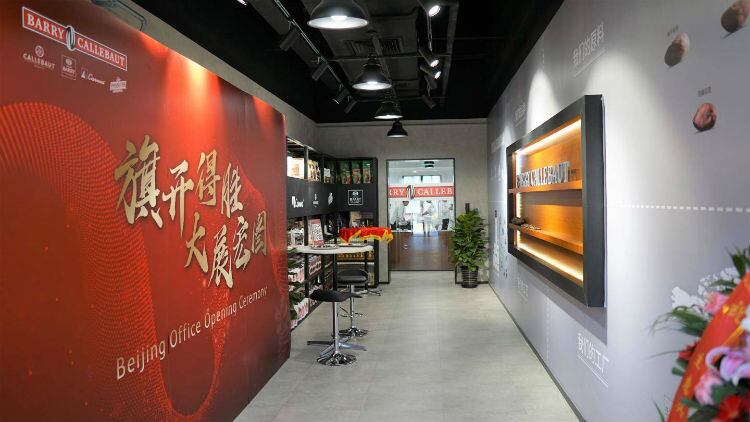Chocolate bars might be a favourite in other markets, but in China, other chocolate applications, especially ice-cream, was topping the sales chart instead, George Zhang, MD of Barry Callebaut China told FoodNavigator-Asia.
“Ice-cream has become the most popular application of chocolate currently. Five years ago, it was the vanilla flavoured ice-cream that was winning consumers. The Chinese prefers to consume chocolate in different forms, not just sweets alone, but in bakery, cakes, and local food applications,” Zhang said.
He observed that chocolate, once seen as a Western product ten to twenty years ago, had become increasingly common in China’s retail markets, including lower tier 3rd and 4th cities and the rural areas.
While chocolate is becoming more familiar with Chinese, chocolate consumption per capita in the country remains low when compared to other advanced economies.
“If we were to compare ourselves to the Japanese, they have a per capita consumption of nearly 1kg per year, whereas in China, it is about 200g or 250g. There has been growth overall across different chocolate applications in China, but it has been a single digit growth,” Zhang said.
Therefore, he said that the key was to incorporate chocolate into a wider variety of local Chinese food and also to introduce new tastes and flavours, such as the company’s Ruby Chocolate – also touted as the world’s “fourth category of chocolate”.
Zhang said that Barry Callebaut already had found a number of major food clients in selling the Ruby Chocolate that comes in different food applications in the Chinese markets. The majority of these products are expected to enter the market from the second half of this year.
At present, the Ruby Chocolate is available in China via e-commerce platforms. Brands selling the chocolate include Barry Callebaut itself and client Amovo.
Last month, the firm also opened its second chocolate academy and a new office in Beijing.
Through the additional facilities, it hopes to help clients inject the use of chocolate in a wider variety of local food applications, such as chocolate buns, which some restaurants in Hong Kong has already started to sell, alongside the signature custard buns, he pointed out.
The firm’s opened its first chocolate academy in Shangahi in 2017 and has a factory located in Suzhou.
“Barry Callebaut has been in China for more than 10 years. The opening of our chocolate academy is related to our strategies targeted at different cities. We have set sights on a few cities for expansion. The chocolate academy in Beijing will not be the last.
“With Ruby Chocolate and new applications, we hope to cultivate a greater appetite for chocolate in China. We are confident that there is still a lot of room for market growth in China,” Zhang said.
Zhang is also a speaker at the Food & Beverage Innovation Forum (FBIF) 2019, where he will present in detail the company’s new creation Ruby chocolate.
The FBIF 2019 will be held in Hangzhou International Expo Center from April 23 to 25.
Demands and demographics
Chinese consumers were most attracted to chocolates which come in silky texture, less sweet, and a smaller serving size, Zhang said.
These demands are surfacing due to growing health conscious amongst the Chinese consumers.
As for consumer demographics, he pointed out that consumption was still higher in developed 1st and 2nd tier cities since chocolate was commonly perceived as an indulgent food. Age wise, children and the younger generation are the key consumers.





